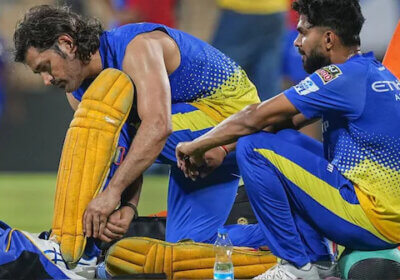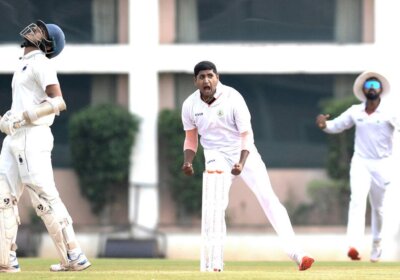India is ready to launch its third lunar mission, the Chandrayaan-3, on Friday at 2:35 p.m. The mission aims to land on the lunar surface and use a rover to explore it, that will make India the fourth nation to achieve a soft landing after China, Russia, and the United States. The spacecraft will ascend its orbit at 179 km and slingshot closer to the moon. The landing strives for August 23 at lunar dawn and expects to take 42 days in total. At the first sign of light, the lander and rover must land. Chandrayaan-3 has undergone “failure-based” modifications.
Chandrayaan-3 will get launched Tomorrow: Comparison between two lunar missions
The landing aims for August 23 at lunar dawn and anticipates to take 42 days in total. On the moon, there are 14 days and 14 nights. At the first sign of light, the lander and rover must land.
Indian Lunar Mission: Chandrayaan
The third lunar mission for India will launch on Friday at 2:35 p.m. The mission’s goal is to land on the lunar surface and use a rover to explore it, something that its predecessor failed to do.
India will become the fourth nation to pull off a soft landing after China, Russia, and the United States. The position is still open following the failure of the Japanese and the UAE rover in 2022 and the missions from Israel and India in 2019 that crashed-landed.
The Chandrayaan-3 Mission
The spacecraft will rise its orbit after launching on Friday into a trajectory around the Earth at a height of 179 km in a sequence of maneuvers to evade the gravity of the Earth and slingshot closer to the moon. The lander will have to get dragged into the moon’s gravity after getting close to it.
After that, a further set of maneuvers will shrink the spacecraft’s orbit to a circle with a radius of 100 km. The lander will then detach from the transportation module and begin its powered descent while still housing the rover.
The landing aims for August 23 at lunar dawn and anticipates to take 42 days in total. There are 14 days and nights on the moon. The lander and rover must land at the crack of dawn. After all, one must realize that they build these structures to last one lunar day because they cannot withstand the sharp drop in temperature during lunar nights.
The Chandrayaan-3 mission has “failure-based” changes
S Somanath, the chairman of Isro, recently claimed that the changes to the current mission were “failure-based.”
Chandrayaan-2’s lander and rover crashed into the moon rather than making a soft landing. Somanath explained it, stating that the primary problem was that the lander’s five engines produced slightly more thrust than expected. As a result, when it finally touched down, it did so with greater force.
It is taken into account when making changes to the current mission.
The first is an increase in the landing space. Second, more fuel has been given to the lander to travel further to the landing site or, if necessary, an alternative landing site. Third, the lander will no longer choose its landing site solely based on the photos it takes as it descends. The lander has been given high-resolution images from the Chandrayaan-2 orbiter, and it will take pictures solely to verify that it is actually at the right place.
The propulsion module, which will spend three to six months in lunar orbit, has been given a new experiment. It will search for tiny worlds that might be habitable in the reflected light and is known as the Spectro-polarimetry of Habitable Planet Earth (SHAPE).























Pingback: India Launches its Milestone Chandrayaan-3 Mission - Panchayiti